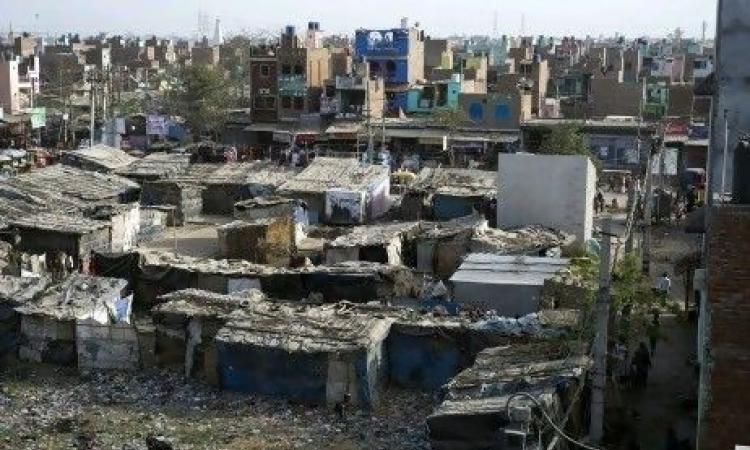
Lack of space major reason behind low toilet penetration in Delhi slum clusters
With just 25 percent of slum clusters having access to individual toilets, the lack of space remains one of the major impediments in the increase in toilet numbers. The Delhi Urban Shelter Improvement Board (DUSIB) has been making efforts to procure no objection certificates for toilet construction in jhuggis across Delhi. The authority has identified close to 253 open defecation spots in 216 locations across Delhi slums. The DUSIB estimates the overall toilet need to be around 36,600 more units to ensure the capital is open defecation free.
Bihar lags behind national average in sanitary toilet presence and use
Only 31.6 percent of Bihar households have sanitary toilets, well behind the national average of 45.3 percent. In addition, the recent Swachhta status survey has revealed that close to 72.9 percent of rural households in Bihar do not use toilets. Not just individual household latrines, the state also lags behind in community toilet presence and usage. While the national average for community toilet use stands at 80 percent, Bihar records a paltry 44 percent in addition to its poor household toilet statistics. Rigid notions of purity and lack of water are cited as the major reasons for poor household latrine usage.
South Delhi Municipal Corporation launches ‘adopt a toilet' campaign to improve public toilet maintenance
In a bid to improve the usability of public toilets and urinals, the South Delhi Municipal Corporation (SDMC) has launched the 'adopt a toilet’ project where senior government officials will be made responsible for their maintenance and upkeep. Most of the 600 public toilets and urinals under SDMC are poorly maintained owing to lack of running water and periodic cleaning. The campaign is expected to increase the sense of belonging among community members and bring in more accountability in maintaining public conveniences across the corporation limits.
Bengaluru's Maragondanahalli lake well on its way to becoming the next Bellandur
Bengaluru's Kalkere and Maragondanahalli lakes are well on their way to becoming the next Varthur and Bellandur lakes which are frothing. The two north Bengaluru lakes, surrounded by apartment complexes and residential layouts, are filled to the brim with sewage. In addition, construction debris from the area is frequently dumped in the wetlands between the two lakes. With the increase in refuse inflow into the lakes, frothing escalates. Residents and environment activists are equally concerned about the rapidly deteriorating situation in the area.
Railways and DRDE hopeful of meeting deadline for installation of bio-toilets in passenger coaches
The Indian Railways is confident of meeting the 2019 deadline of installing 40,000 bio-toilets in all passenger coaches in a bid to eliminate open dumping of human faeces on rail tracks. The bio-digester toilets have been designed by the Defence Research and Development Establishment (DRDE) where bacteria are used to degrade human excreta into harmless by products such as water and gas. The technology was initially developed for high altitude use by the Indian Armed Forces.
This is a roundup of important sanitation related news published between October 8 and 14, 2016
Lead image courtesy: The National